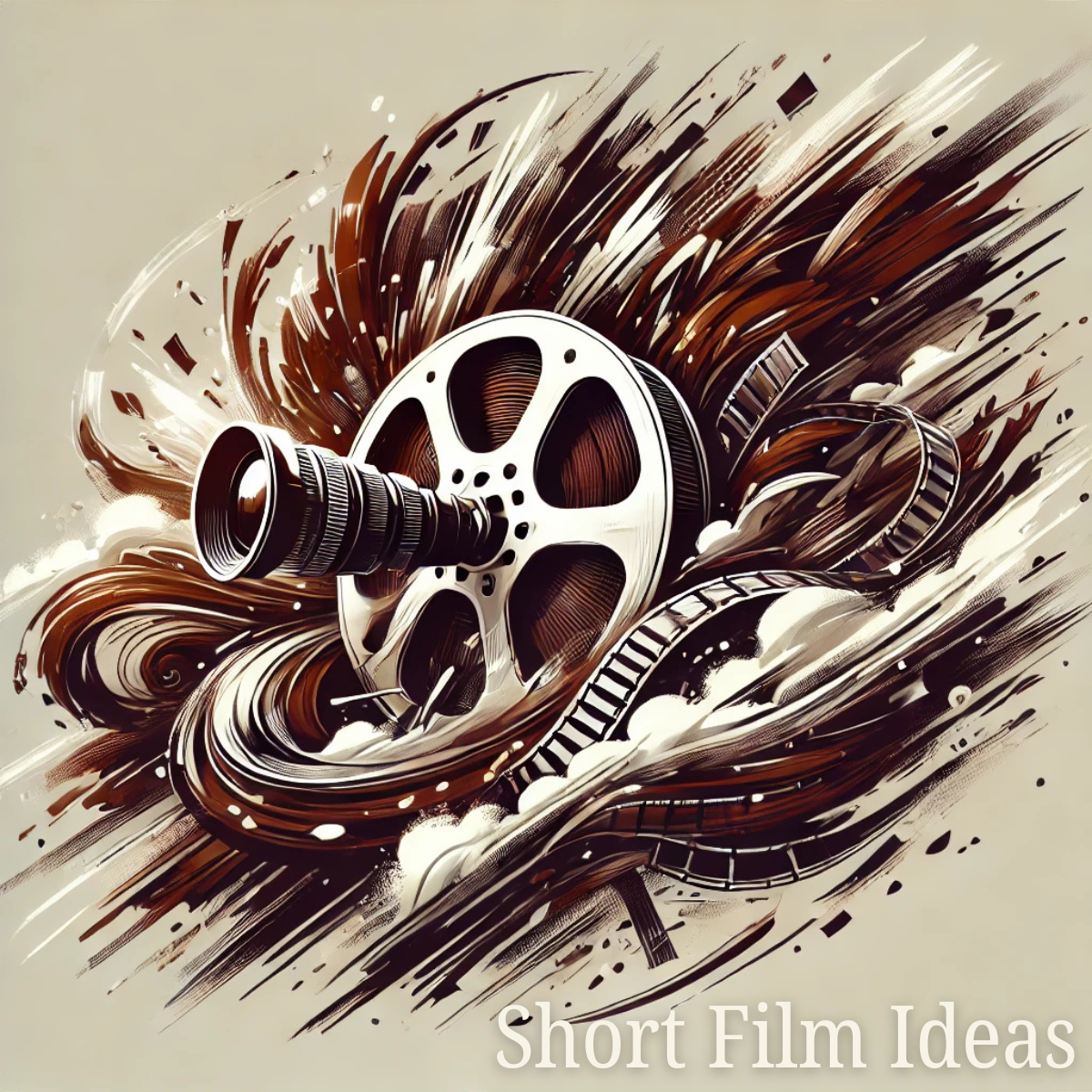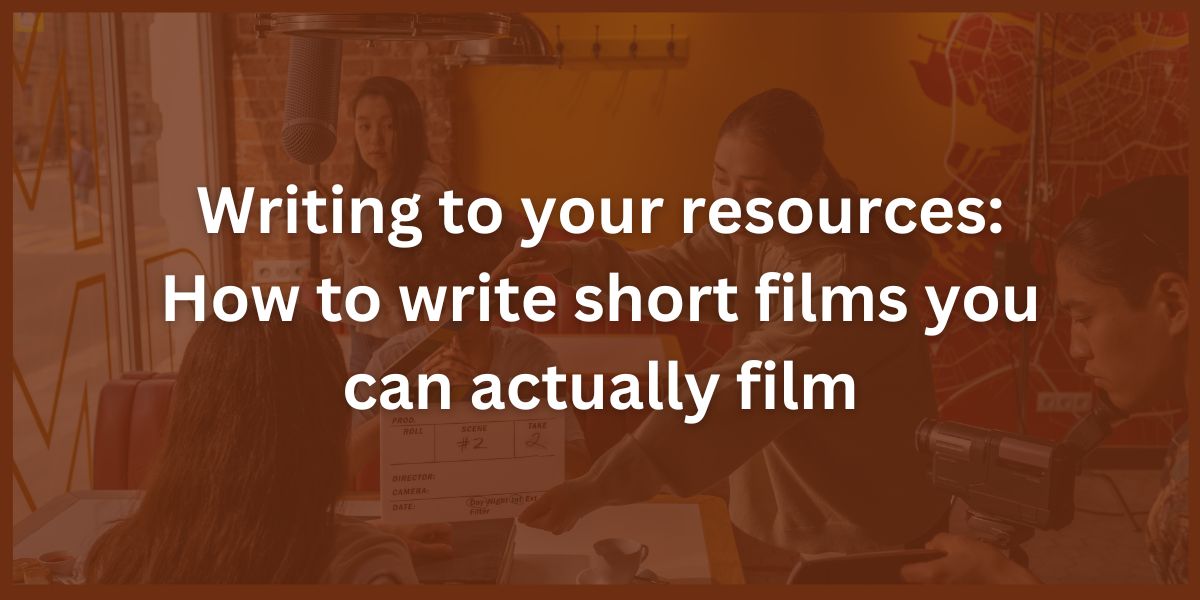Writing to your resources: How to write short films you can actually film
One of the biggest mistakes aspiring short film creators make is thinking too big. They come up with grandiose ideas – epic battles, sprawling futuristic cities, or elaborate special effects.
Yeah, we all like dreaming big, but for the most part, this is ridiculously impractical. Most of us don’t have Hollywood budgets, so that gap between ambition and reality will kill a project before it even starts.
Kim Adelman, author of Making It Big in Shorts, offers a game-changing solution, and one that immediately clicked for me the second I heard her say it: instead of beginning with your story idea, start with what’s already in your hands.
She lays this out in this Film Courage video First Steps to Making a Short Film, where she explains that by working backward – starting with your available resources – you can shape a story that fits perfectly within your means. And honestly? This mindset is a lifesaver for us low-budget filmmakers.
Think small to go big
The idea of working backwards flips traditional screenwriting advice on its head. Instead of brainstorming an epic story first, take stock of what you’ve got: your locations, props, costumes, or even people willing to help.
Got access to a creepy basement? There’s your horror setting. Know someone with a cool car? That’s your backdrop for a drama. Whatever you already have access to, treat it as inspiration, not a limitation, and save your mega-budget magnum opus for Hollywood (if it’s still around).
This approach isn’t just practical; it forces creativity. When you know you’re working with what’s free or easy to access, you’re less likely to waste time chasing ideas that are impossible to film.
It’s what some might call “writing to one’s resources”. If your cousin has a diner that’s closed on Mondays, why not set your film there? If you’ve only got your smartphone, lean into its strengths – shoot handheld, intimate scenes instead of trying to fake a slick Hollywood vibe.
Authenticity
Another huge benefit of this approach? Your film feels more authentic. When you use real locations or props, there’s no need for expensive set dressing or effects. That diner doesn’t just look like a diner it is one. The authenticity comes through on screen, which audiences appreciate. Plus, you avoid the headache of trying to fake something you don’t have.
Ideas start to flow
I recently put this “backwards” approach to the test during a 30-day short film challenge. Every day for a month, I used the Short Film Idea Generator to randomly pick a Plotagon set and genre. My challenge was to write a short film based around these parameters.
Boy, did this spark some ideas, ideas I never would’ve come up with if I’d just been brainstorming on my own.
Working within the sets available in Plotagon gave me a clear framework to start from, and that made the creative process so much smoother.
Working backwards saves you time, stress, and money. It’s a method that guarantees you can actually complete your film instead of getting stuck chasing impossible ideas.




Leave a Reply